The Bute influence on Cardiff
Have the "The creators of modern Cardiff" been forgotten?
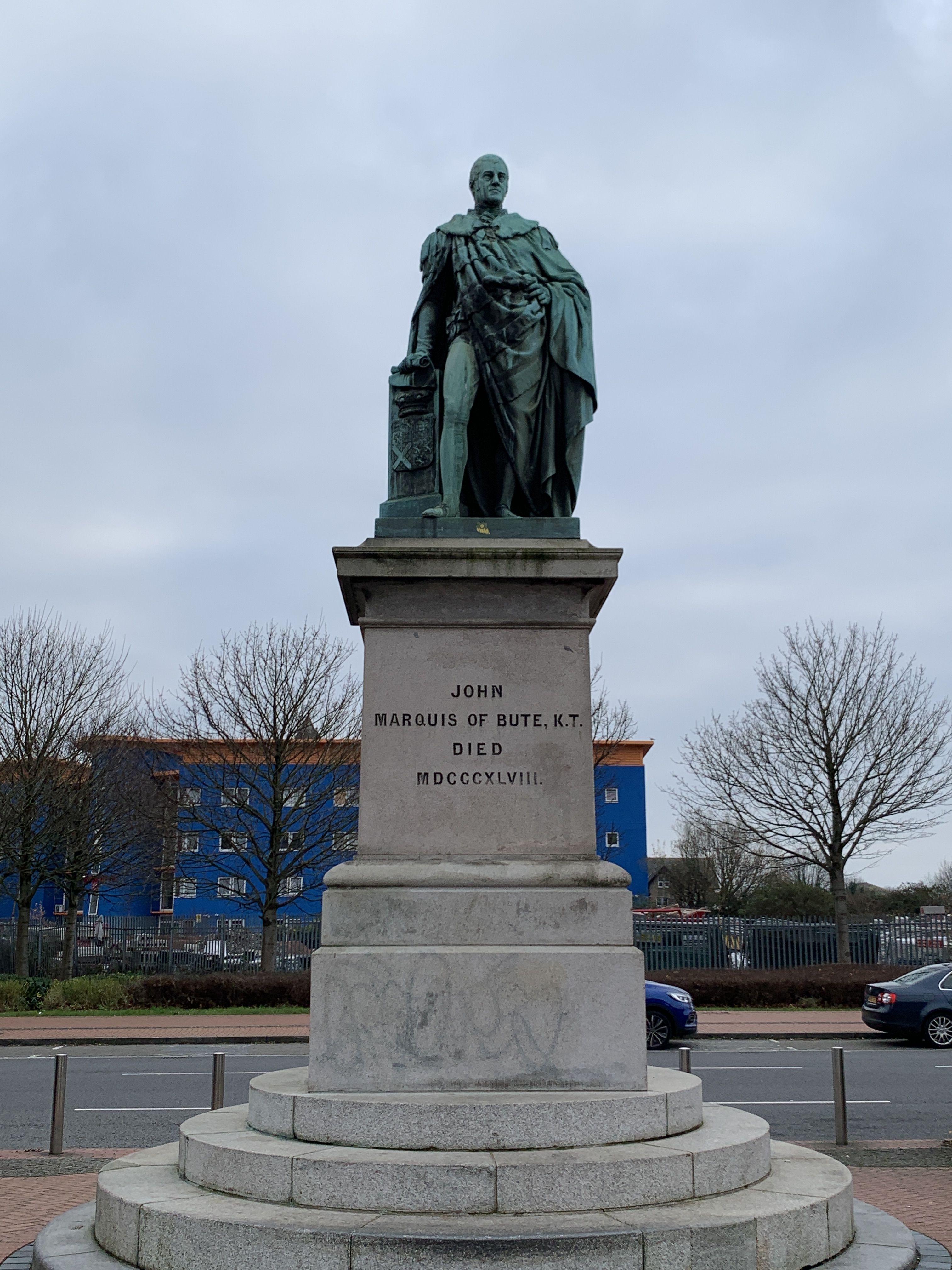
How John Crichton-Stuart, 2nd Marquess of Bute...
...and John Crichton-Stuart, 3nd Marquess of Bute shaped the future of the Capital of Wales.
The Bute family are a Scottish aristocratic family from the Isle of Bute, with a family home of Mount Stuart House.
The family inherited a great deal of Cardiff in 1776, when John Stuart, 1st Marquess of Bute and the son of former Prime Minister John Stuart, 3rd Earl of Bute, married Charlotte Hickman-Windsor, the daughter and last heir of Herbert Hickman-Windsor, 2nd Viscount Windsor.
The 1st Marquess changed little in Cardiff, focusing on his political career. After his son died at the age of 26 years old after falling from a horse, his grandson became the heir.
John-Crichton Stuart, 2nd Marquess of Bute, quickly realised the fortune he was sitting on through coal mining on his land. That is when the changes begun and Cardiff started to become the modern city it is today.
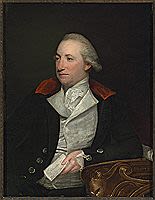
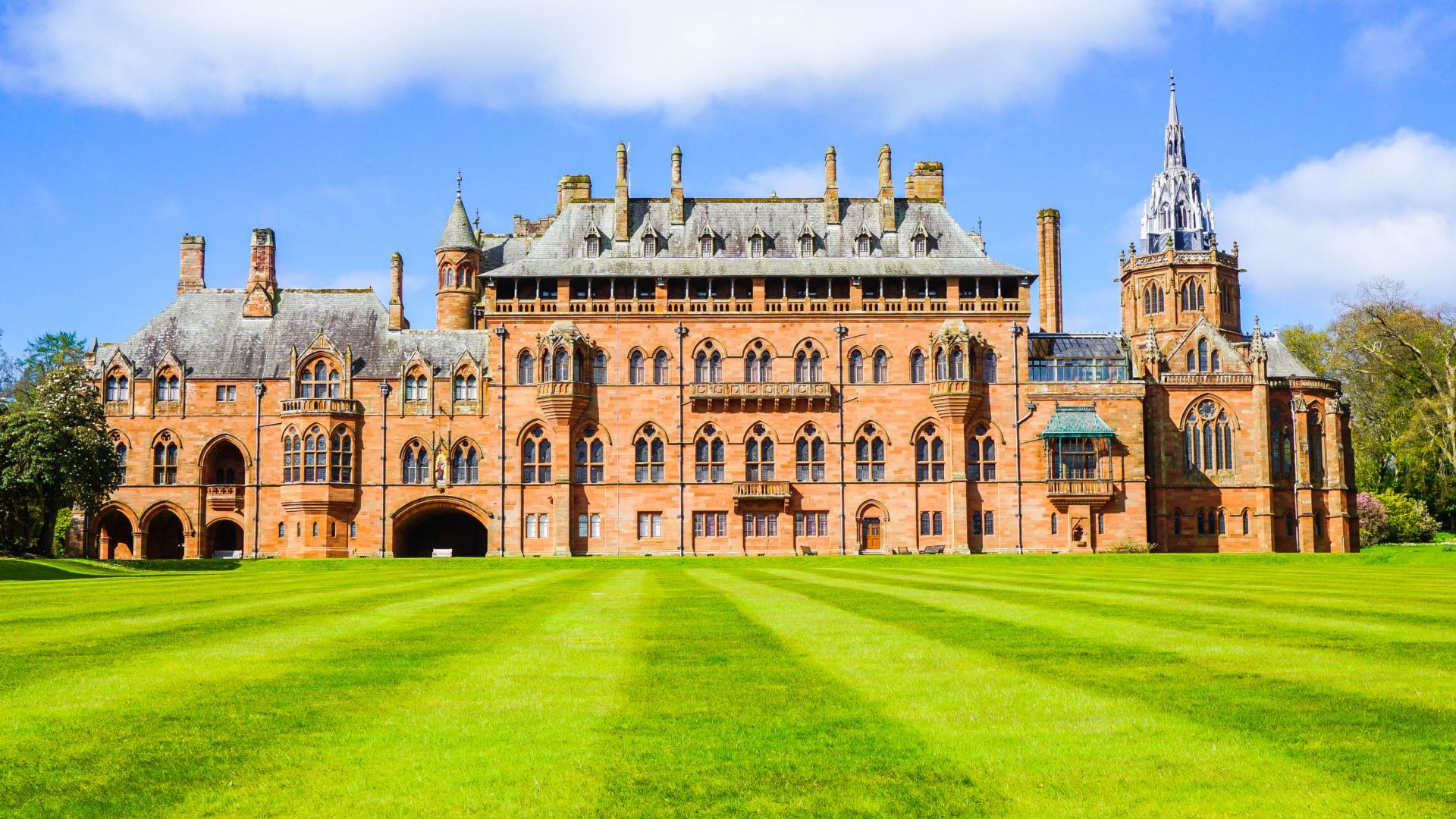
The progress started at the bay...
The Cardiff docks opened in 1839, after an investment of roughly £350,000 over just under a decade.
The idea was funded by John Crichton-Stuart, 2nd Marquess of Bute, who felt that a more efficient facility to export coal from was imperative.
After acquiring parliamentary permission, Bute planned to make the original Glamorganshire canal redundant, at a proposed cost of £66,600.
The project did not go to plan and eventually cost Bute £350,000 but this development completely revolutionised the city and turned it into one of Britain's greatest industrial sites.
The docks gave the city one of the most efficient and popular export hubs in the world, with trade through Cardiff rising from 8,000 tonnes in its first year of service to 827,000 tonnes ten years later, in 1849.
By 1907 it was estimated that Cardiff was responsible for 9,000,000 tonnes of coal exports from Wales each year.
By its peak in 1913, Cardiff was officially the second biggest exporter of coal in the world, with 10,700,000 tonnes leaving the docks each year.
Although its influence has waned over recent years, the port still accounts for 2,600 jobs per year, whilst contributing £180 million to the economy per annum.
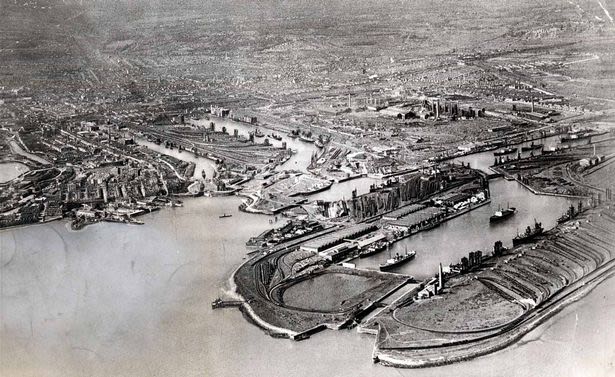
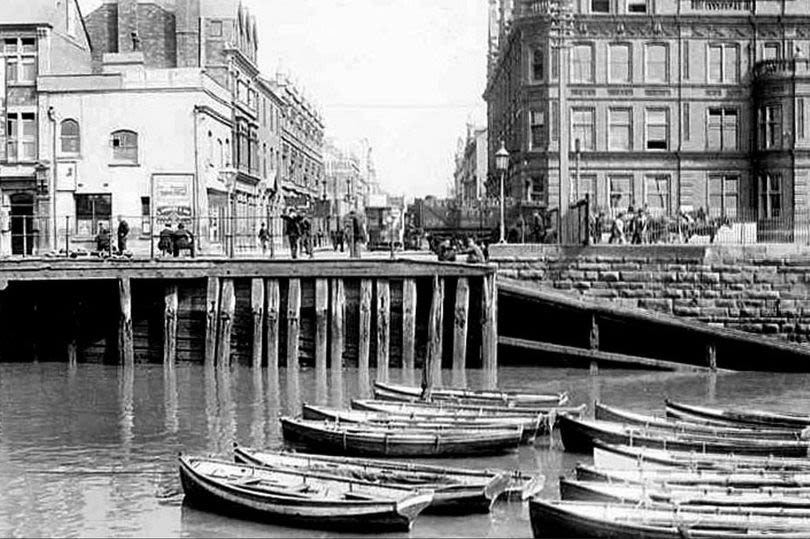
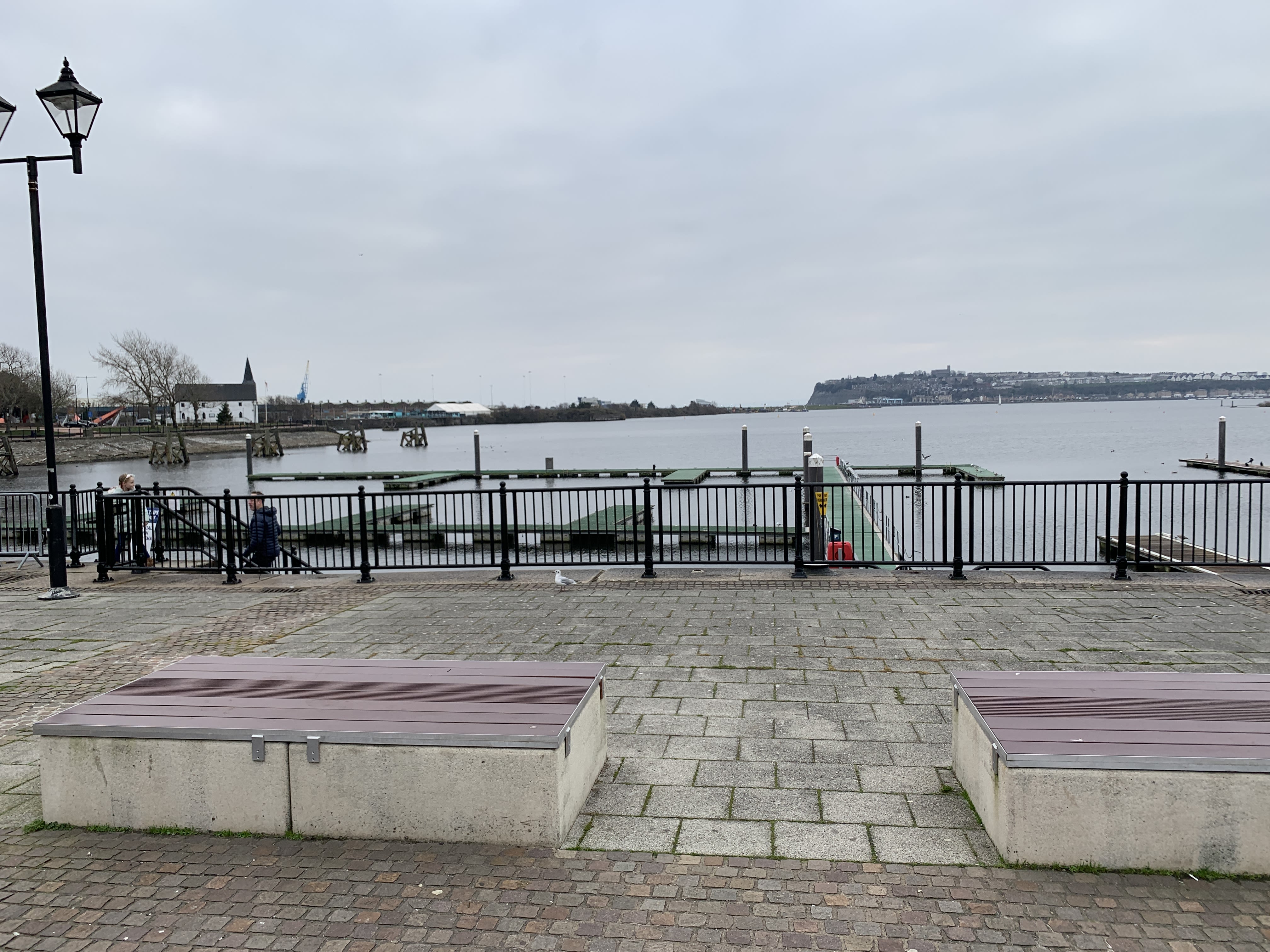
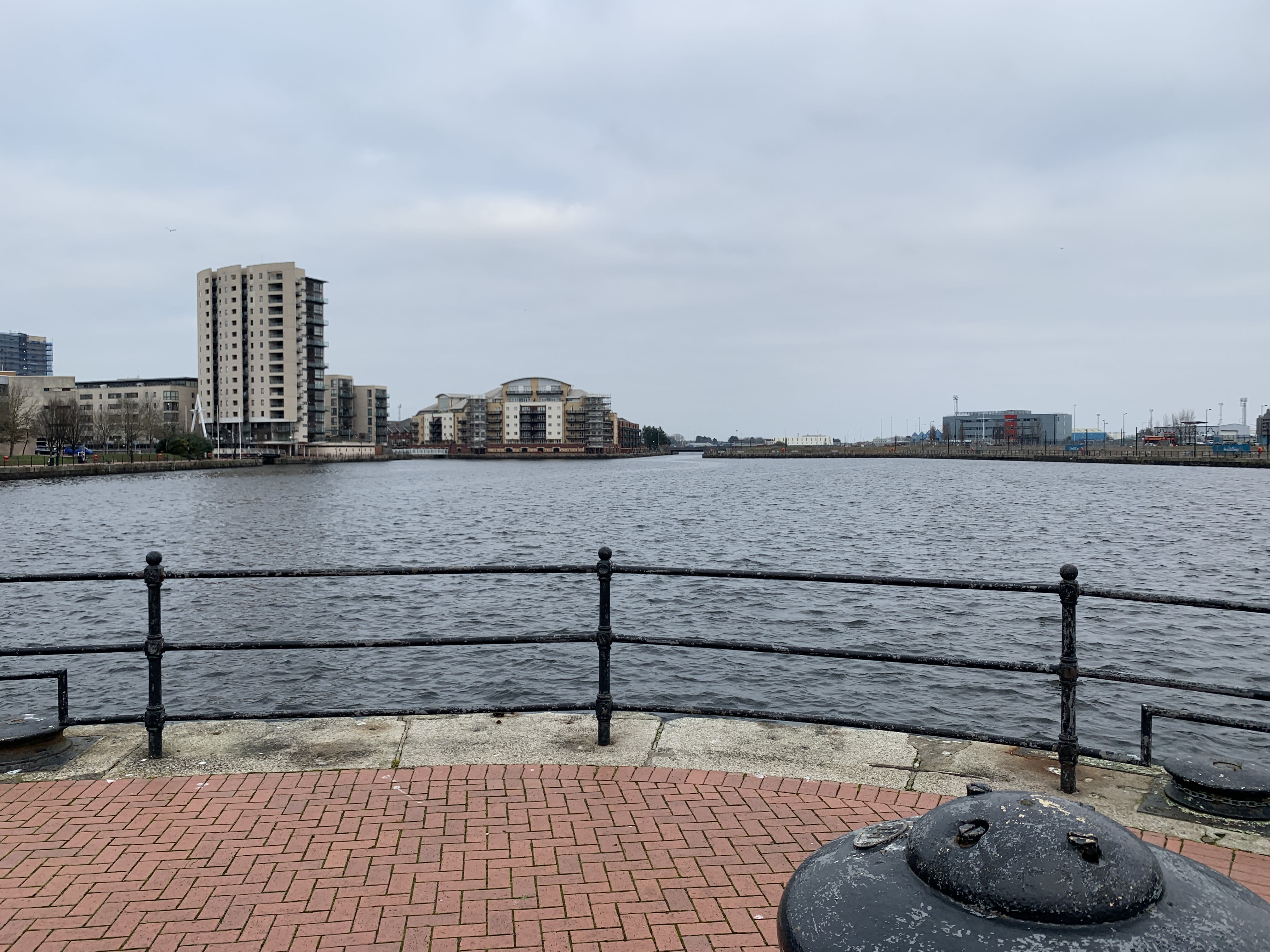
The next great change to the city was the huge renovation of Cardiff Castle and its surrounding areas.
When the 2nd Marquess of Bute died in 1848, his six month old son became one of the richest people in the world.
The 3rd Marquess used the fortune to the fullest to fund his main passion: architecture.
This was most obviously demonstrated by the complete redevelopment of Cardiff Castle, which he turned from what he believed to be a mediocre castle into a masterpiece.
The castle now stands as one of the country's most prominent destinations for tourists, with people coming from all over the world to see the developments made by the Marquess.
With the help of William Burges, he turned the castle into a great Victorian palace, with a strong theme of religion running through many of the decorations and designs.
His developments did not end there, as the Marquess set about revolutionising the areas that surrounded the property as well.
This led to a huge project to develop Bute Park into the magnificent landscape it is today, spearheaded by the families head gardener Andrew Pettigrew.
Now the park receives droves of customers all year around and is often packed out in the summer by hoards of people looking to appreciate all the work the Bute family put into upgrading the city all those years ago.
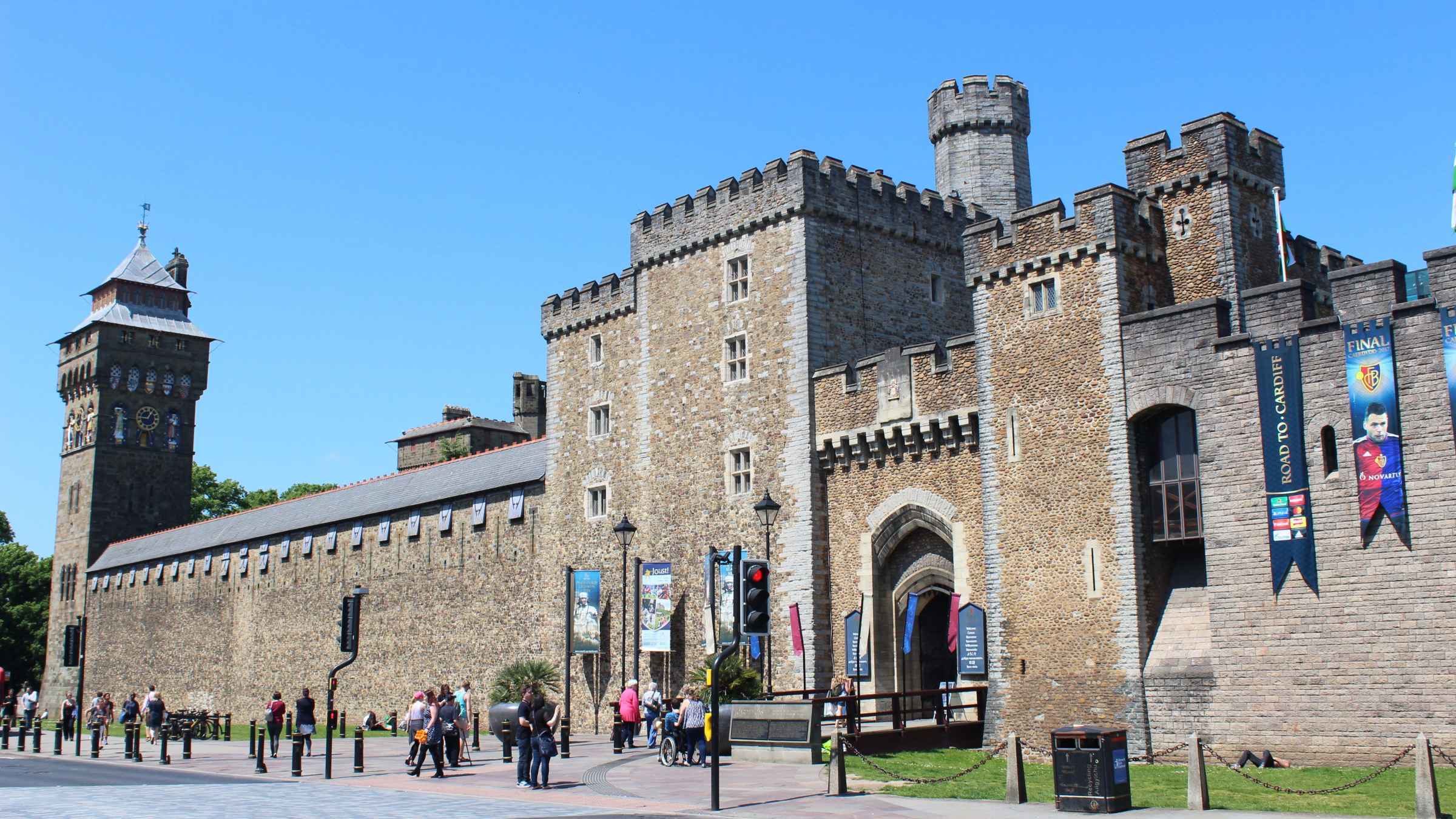
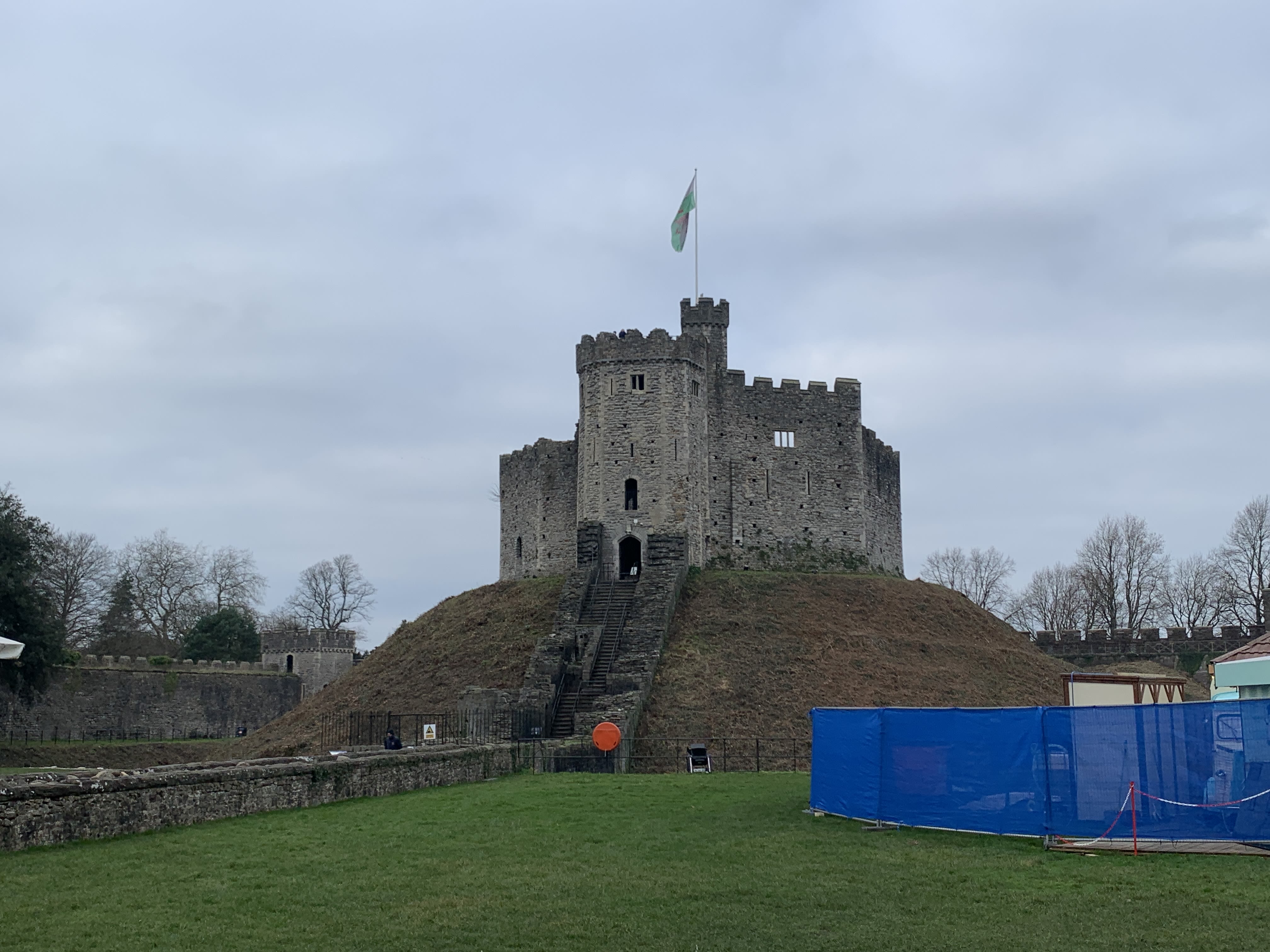
But has the contribution of the family been forgotten by the locals of Cardiff?
Since the 5th Marquess gifted the Cardiff Castle and its surrounding lands to the council they have been largely absent from it's recent history.
It seems many don't know about the history of the city they live in, or about its most influential past residents.
When asked what the word Bute meant to him, one resident said: "I'm a student down here in Cardiff and Bute Park is quite near my accommodation, its this big park in the middle of the city. I know there's history to it but I really don't know anything about it, I just know its the name of the park near our place."
Another said: I live near the park, it's a great place that I like to go with my mates and just chill out, I don't know much surrounding the history of it or the significance of the park itself but if I'm ever bored that tends to be where I go."
Whether they've been forgotten or not, it is clear that the Capital of Wales owes a great deal to the Bute family, for without them the city certainly wouldn't be what it is today.
